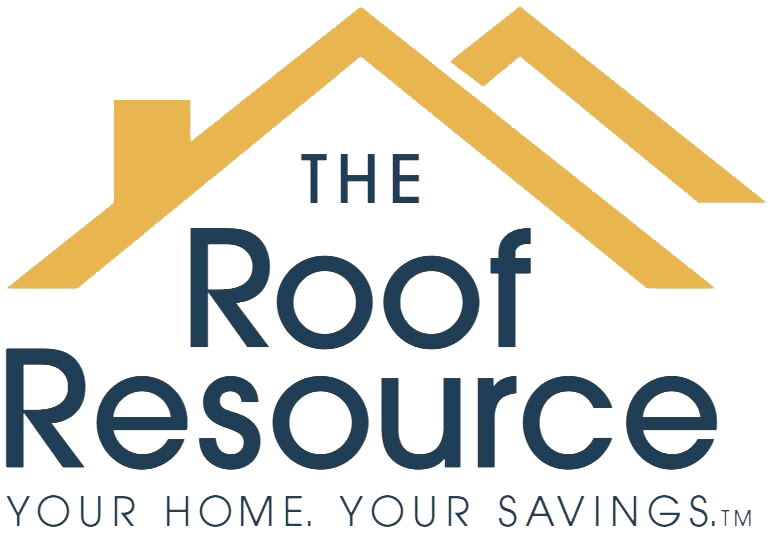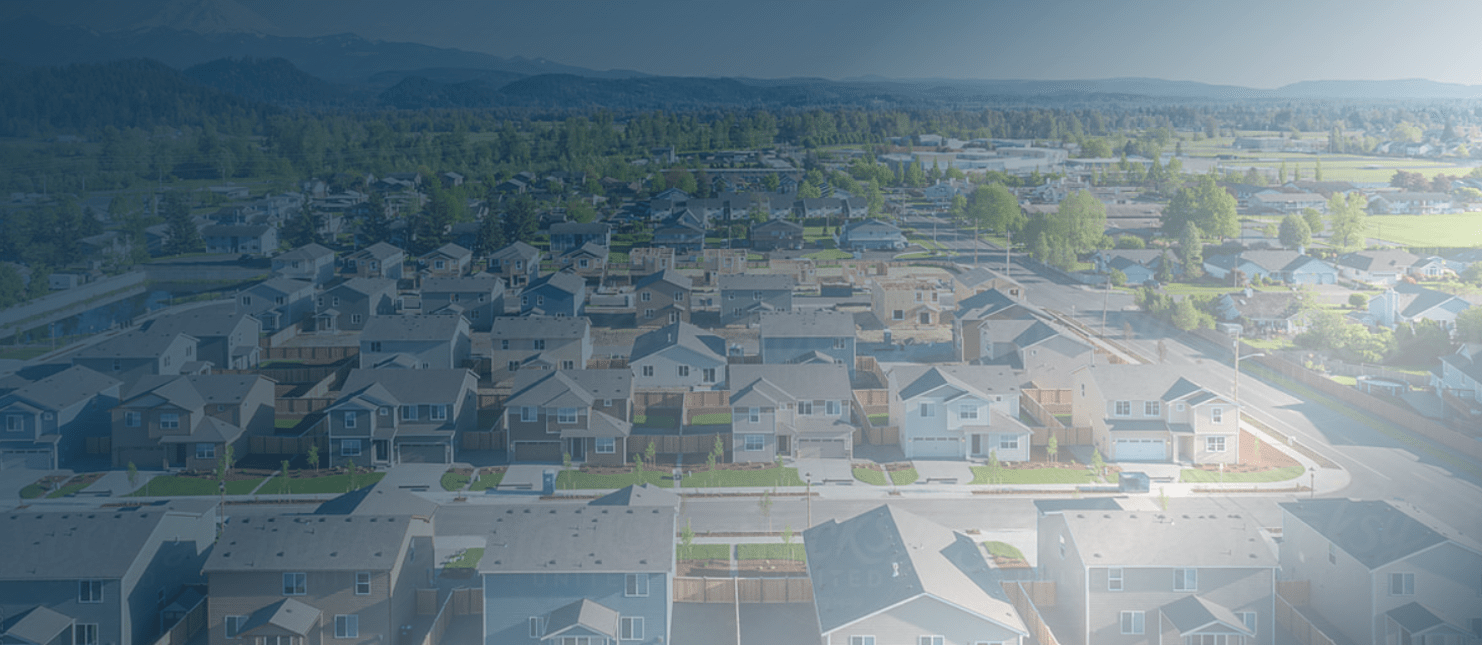How Long Does A Roof Last in Eastpointe, MI
Ensure your roof lasts with our expert maintenance services.
Owning a home is a significant investment, and maintaining its structural integrity is crucial. A house’s roof plays a vital role in protecting the interior from the elements, making it essential to understand its lifespan and how to maximize its longevity. When it comes to roof durability, many factors come into play, from the materials used to the local climate. For homeowners in Eastpointe, MI, knowing the lifespan of a roof and how to care for it can have a lasting impact on their property’s value and overall well-being.
Factors Affecting Roof Longevity
Several factors contribute to the lifespan of a roof, and considering these elements can help homeowners make informed decisions about maintenance and replacement. Climate is one of the most significant influencers; exposure to extreme temperatures, high winds, heavy snow, and hail can take a toll on a roof over time. Additionally, the quality of installation and the type of roofing material used can significantly impact its longevity. Proper ventilation in the attic space also plays a critical role in maintaining a healthy roof, as it helps regulate temperature and moisture levels, ultimately extending the roof’s lifespan.
Types of Roofing Materials
The type of roofing material used is a major determinant of a roof’s lifespan. Asphalt shingles, one of the most common roofing materials, typically last between 15 to 30 years, depending on the quality of the shingles and the climate. Metal roofs are known for their durability and can last 40-70 years, making them an excellent long-term investment for homeowners. Wood shingles and shakes have a lifespan of around 20-40 years, while tile and concrete roofs can last 50 years or more with proper maintenance. Understanding the pros and cons of each roofing material can help homeowners make an informed decision when installing or replacing their roof.
Signs of Roof Damage and Wear
Regular inspections of the roof are essential for identifying signs of damage and wear. Water stains on the ceiling, missing or damaged shingles, sagging areas, and visible rot are indications that the roof may need attention. It’s crucial for homeowners to address these issues promptly to prevent further damage to the roof and the interior of their home. Additionally, factors such as moss and algae growth, as well as clogged gutters, can contribute to premature deterioration of the roof if left unchecked.
Benefits of Timely Roof Replacement
While extending the lifespan of a roof through regular maintenance is vital, there comes a time when replacement is the best course of action. Investing in a new roof can provide numerous benefits, including improved energy efficiency, enhanced curb appeal, and increased property value. A new roof can also offer better protection against leaks and other weather-related damage, providing homeowners with peace of mind and potentially lowering their insurance premiums.
Choosing the Right Contractor
When it’s time to replace a roof, selecting the right contractor is crucial. A reputable and experienced roofing company can ensure that the installation is done correctly, maximizing the new roof’s lifespan. Homeowners should research potential contractors, check their credentials and customer reviews, and obtain several quotes before making a decision. It’s essential to choose a contractor who is licensed, insured, and offers warranties on both labor and materials, providing added protection and assurance for the homeowner.
Concluding concepts
The lifespan of a roof is influenced by various factors, including the local climate, roofing materials, and maintenance. Understanding these elements can empower homeowners to make informed decisions about caring for their roofs and knowing when replacement is necessary. Regular inspections and prompt repairs can help extend a roof’s lifespan, while investing in a new roof can provide long-term benefits for the home and its occupants.


